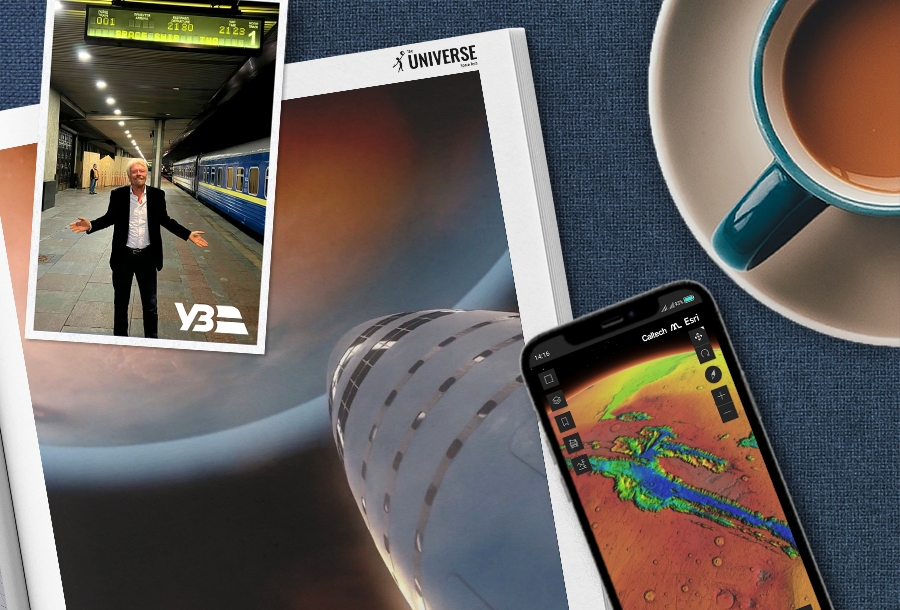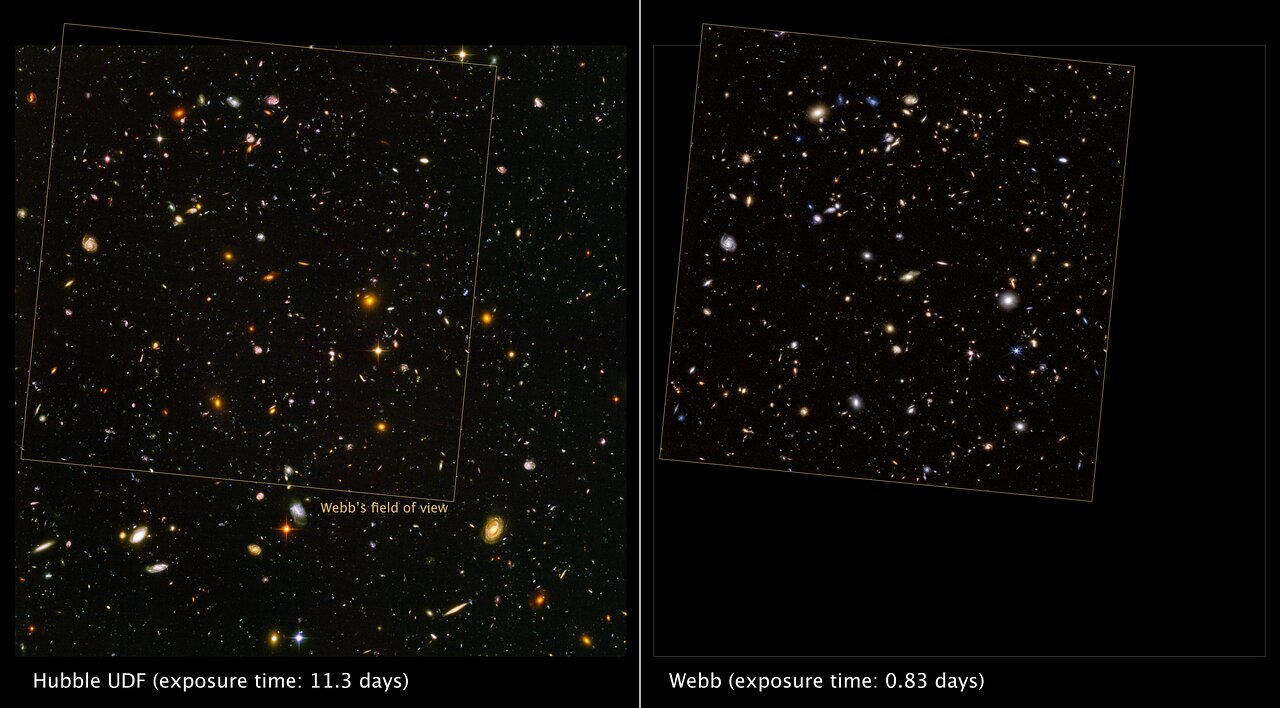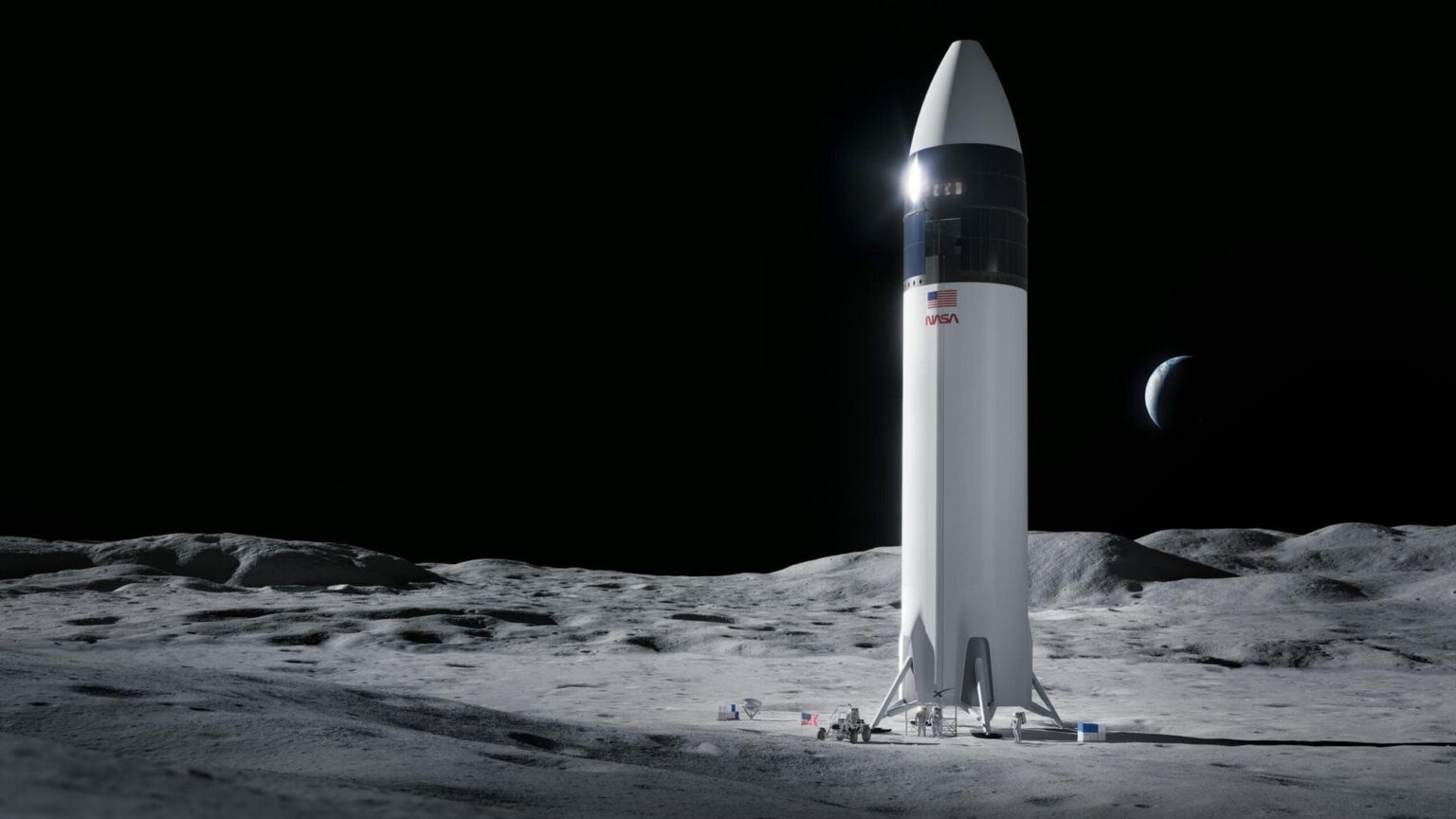Selection of the most interesting space news for the week: Scientists have created the largest and clearest image of Mars in history and reproduced a solar flare in the laboratory, and we tell you whether Starship can really become a revolution in astronautics.

“A foolish faith in authority is the worst enemy of truth.”
― Albert Einstein
NASA presents a “Martian house” for experiments on humans
On Tuesday, April 11, NASA presented its environment for existence, simulating conditions in a Martian settlement. It was created in preparation for a series of experiments by Crew Health and Performance Exploration Analog (CHAPEA). In fact, we are talking about a hermetically sealed 160 m² house located inside a giant aerospace administration base in Houston, Texas. It contains four small relaxation rooms, two showers and a gym. The latter will contain a special treadmill with suspensions, with the help of which a walk on the red planet will be simulated.
It is here the series of three experiments will be conducted, the purpose of which will be to test whether people will be able not to go crazy for a year in a completely isolated environment, in which resources are severely limited. Each experiment is designed for four participants. The selection “would meet NASA’s standard criteria for candidates for the position of astronaut,” with an emphasis on scientific, technological, engineering and mathematical experience.
Astronauts will eat burgers made of recycled plastic
Researchers at a startup called Beehex are actively working on a way to turn plastic waste into edible biomass. For this, they use laboratory-grown bacteria that are trained to eat plastic. According to the inventors, the entire food creation system will fit into a small container. On the one hand, crushed plastic waste will be collected, and then they will move to a bioreactor containing specific bacteria that will be able to process garbage into nutritious food. In fact, bacteria create a nutritious biomass, from which you can then “print” dishes, as on a conventional 3D printer.
It is unclear whether food made of plastic will be safe for consumption, as well as how delicious products from recycled waste will be. So far, Beehex notes one thing that bacteria are absolutely safe and do not cause diseases in people. And the rest still needs research, because the project is at the development stage.
Scientists create a giant 5.7-terapixels map of Mars
A group from the Bruce Murray Planetary Imaging Laboratory at the California Institute of Technology presented the largest and clearest image of Mars in the history of science. The resolution of the map was 5.7 trillion pixels, which offers a large-scale black-and-white view of Mars. Now every Internet user has access to the Red Planet, which can be seen in unprecedented detail.
A huge mosaic image was created over six years from 110 thousand individual photographs of the planet’s surface using NASA’s Mars Reconnaissance Orbiter (MRO). As a result, the map has a resolution of 5 meters per pixel and covers 99.5% of the surface of Mars between 88 degrees south latitude and 88 degrees north latitude.
The size of a banana: Scientists reproduce a solar flare in the laboratory
Solar flares are huge plumes of superheated plasma that escape from the Sun at a distance of up to 100 thousand kilometers. These massive plumes are so large that they can engulf our planet several times. To study in detail the nature of these solar phenomena, the researchers created them on Earth.
Two electrodes were installed in the gas-filled chamber. Then a current was applied, which ionized the gas, and formed a plasma string between the two electrodes, which was briefly held in place and supported by the magnetic field of the chamber, and then burst out in a mini-flare. The length of the loop was no more than 20 centimeters in length. The loop was about 10 microseconds. To capture the moment of formation and decay of the mini-flare, a special camera capable of shooting video at a speed of 10 million frames/s was used.
Space billionaire comes to Kyiv again
Billionaire Richard Branson, known as the founder of the space travel company Virgin Galactic, visited Kyiv for the second time in a year. He has become an ambassador for the United24 initiative, which is looking around the world for money to support Ukraine. He did it for the first time in the summer of 2022, when he inspected the airfield in Hostomel and promised to contribute to the restoration of the world’s largest An-225 Mriya aircraft destroyed by the Russian occupiers. The current visit of Branson to Kyiv was reported directly by the Administration of the President of Ukraine. After all, the space billionaire came to meet with Volodymyr Zelenskyy. Over the past year, he has supported our country with his statements.
Photo of the week
SpaceX has released a video visualizing its plans to explore the Red Planet. A new Starship spacecraft will be used for this.Starship will be the first ever fully reusable space system. It will be able to launch a record 150 tons of cargo into Earth orbit. SpaceX plans to create several modifications of the spacecraft, one of which will be used as an interplanetary flight.
Interesting figure — 20 hours

NASA has released a new image taken by the James Webb Space Observatory (JWST). On it, you can see a section of the sky that became famous thanks to the Hubble telescope photography. According to mission specialists, the results of the photography and the image quality exceeded their expectations. JWST managed not only to capture numerous galaxies, but also clouds of ionized gas filling the intergalactic space. At the same time, the photography was much easier for JWST than Hubble. At one time, obtaining the Hubble Ultra Deep Field required 800 separate observation sessions, which took a total of 11.3 days. In turn, it took JWST only 20 hours to get the image. So it did the same job ten times faster than Hubble.
Something to read on the weekend

In the coming days, we can witness the most anticipated space event of 2023. SpaceX will conduct the first orbital test of the new Starship spacecraft. The editors of The Universe Space Tech tell why so much attention is focused on its flight? And can Starship really revolutionize space exploration?
This week the whole world celebrated Cosmonautics Day, but the history of space exploration is not only the first satellite and Gagarin. There were many other events that would not seem so spectacular to a simple man in the street, but at the same time were of great importance to all mankind. In our selection, we have collected ten of the most important events that accompanied space exploration.
In addition, do not forget that on the same day another equally significant event in the history of space exploration takes place — the first flight of the American reusable spacecraft Columbia. We will tell you about the seven most interesting facts from the history of the Space Shuttle program.
Follow us on Twitter to get the most interesting space news in time
https://twitter.com/ust_magazine

